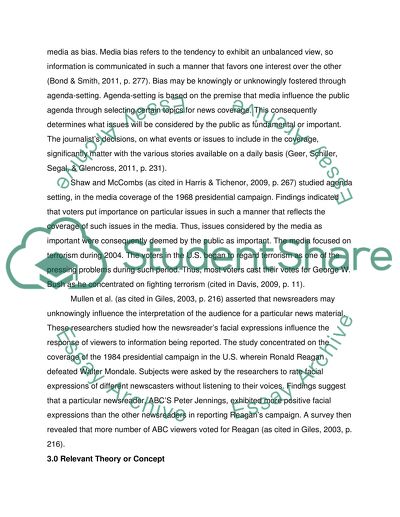Cite this document
(“The Analysis of Bias in the Media Essay Example | Topics and Well Written Essays - 3250 words”, n.d.)
Retrieved from https://studentshare.org/psychology/1394516-the-analysis-of-bias-in-the-media
Retrieved from https://studentshare.org/psychology/1394516-the-analysis-of-bias-in-the-media
(The Analysis of Bias in the Media Essay Example | Topics and Well Written Essays - 3250 Words)
https://studentshare.org/psychology/1394516-the-analysis-of-bias-in-the-media.
https://studentshare.org/psychology/1394516-the-analysis-of-bias-in-the-media.
“The Analysis of Bias in the Media Essay Example | Topics and Well Written Essays - 3250 Words”, n.d. https://studentshare.org/psychology/1394516-the-analysis-of-bias-in-the-media.


